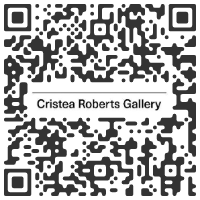"Portraits"
Pablo Picasso

Cristea Roberts Gallery
43 Pall Mall, St. James's, London SW1Y 5JG U.K.T. +44 20 7439 1866 e-mail:



19 May > 1 June, 2021
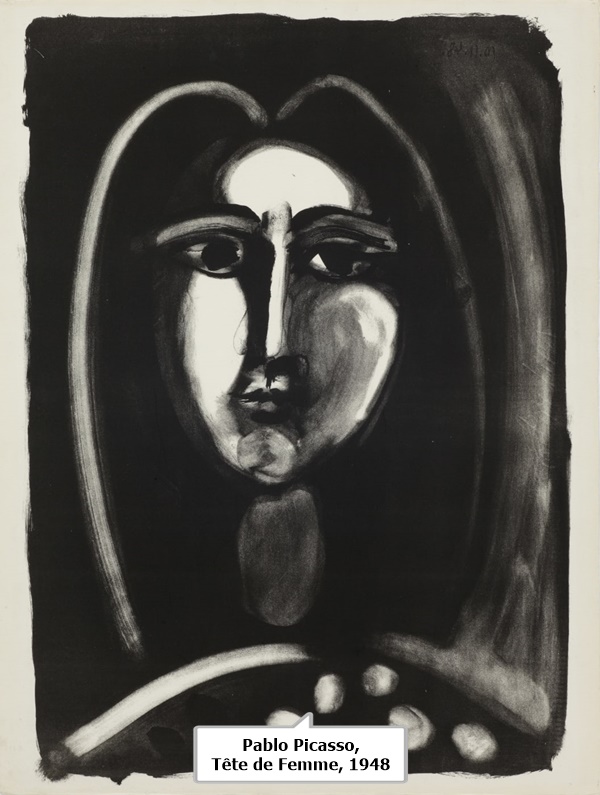
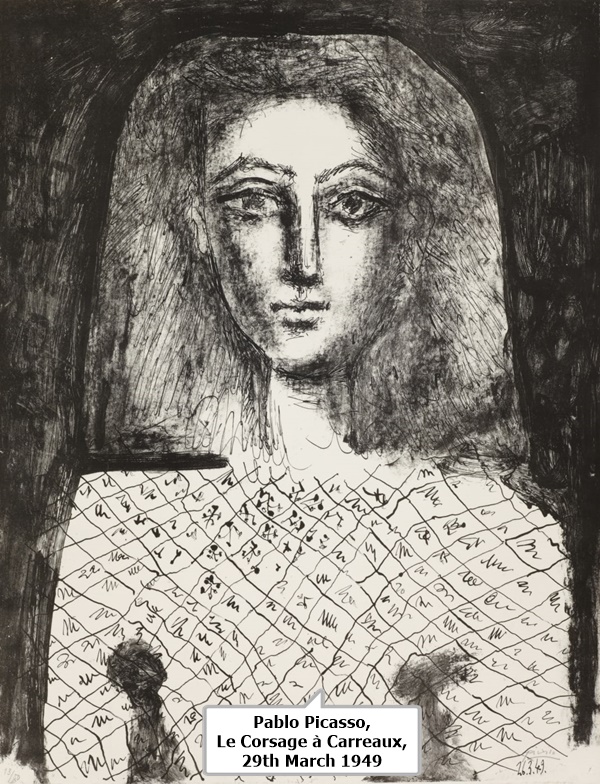
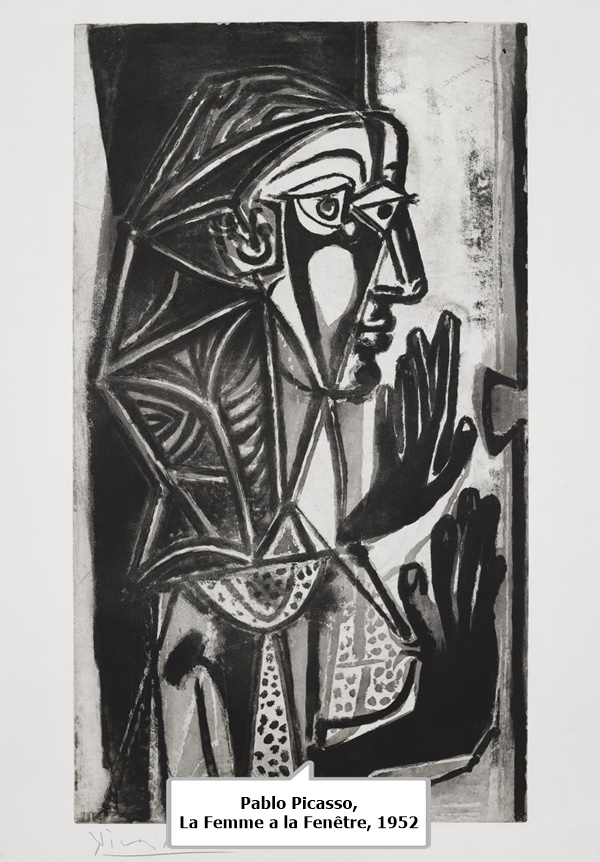
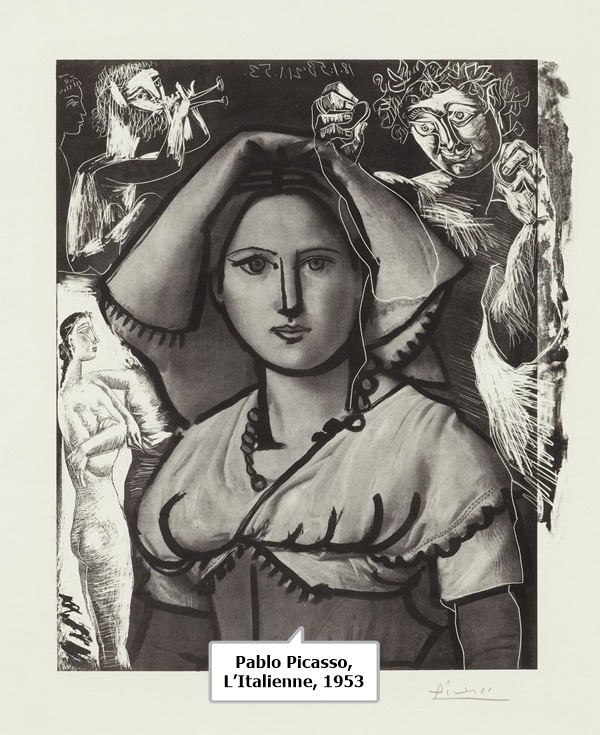
We are delighted to present Pablo Picasso: Portraits, an Online Viewing Room spotlighting eight ground-breaking prints that focus on two of Picasso's most enduring muses, Françoise Gilot and Jacqueline Roque.
Pablo Picasso (1881 - 1973) was one of the most prolific printmakers of the twentieth century, exploring with curiosity and zeal the depths to which he could push the medium to define and shape his images. He would use printed images to work through ideas, changing the traditional way of doing things, to obtain the results he desired. Picasso exploited to the extreme an advantage offered by printmaking which was the preservation of ‘states’. Having used photography to record stages of completion in his work, the printed image enabled him to preserve specific states intact, fixing in time a particular sensual quality, even though many of these images were later transformed. An especially prolific period was that following the end of the World War II when he began working with the lithographic printer, Fernand Mourlot, in Paris in the winter of 1945/46. The “flatbed” printing process of lithography enabled him to achieve the painterly surface-linking interaction of form and ground that suited his new artistic intentions perfectly.
Post 1945 Picasso has been regarded as more closely orientated towards painting. Mourlot states that Picasso was tempted by the endless variations between pure white and pure black that lithography afforded. The lithograph, in particular, enables the artist to draw rapidly, lightly and with different kinds of strokes, to fill the surface in a painterly manner, to produce both a “sketch” and a “painting” at the same time. From November 1945 Picasso worked with immediate and intense focus. His first theme of this period was the face of Françoise Gilot, who he had met in May 1943.
Pablo Picasso (1881 - 1973) was one of the most prolific printmakers of the twentieth century, exploring with curiosity and zeal the depths to which he could push the medium to define and shape his images. He would use printed images to work through ideas, changing the traditional way of doing things, to obtain the results he desired. Picasso exploited to the extreme an advantage offered by printmaking which was the preservation of ‘states’. Having used photography to record stages of completion in his work, the printed image enabled him to preserve specific states intact, fixing in time a particular sensual quality, even though many of these images were later transformed. An especially prolific period was that following the end of the World War II when he began working with the lithographic printer, Fernand Mourlot, in Paris in the winter of 1945/46. The “flatbed” printing process of lithography enabled him to achieve the painterly surface-linking interaction of form and ground that suited his new artistic intentions perfectly.
Post 1945 Picasso has been regarded as more closely orientated towards painting. Mourlot states that Picasso was tempted by the endless variations between pure white and pure black that lithography afforded. The lithograph, in particular, enables the artist to draw rapidly, lightly and with different kinds of strokes, to fill the surface in a painterly manner, to produce both a “sketch” and a “painting” at the same time. From November 1945 Picasso worked with immediate and intense focus. His first theme of this period was the face of Françoise Gilot, who he had met in May 1943.
 | Pablo Picasso | |
Preview Day :
Thurs 20 May, 11am – 6pm
mpefm UNITED KINGDOM art press release
Opening hours:
by appointment on:
Tuesday – Friday: 11am – 4pm and on Saturdays: 11am – 2pm.
Visiting the exhibition
All visitors are required to make an appointment prior to their arrival.
VIEWING ROOM
Click here BOOK YOUR VISIT
QR of this press release
in your phone, tablet
